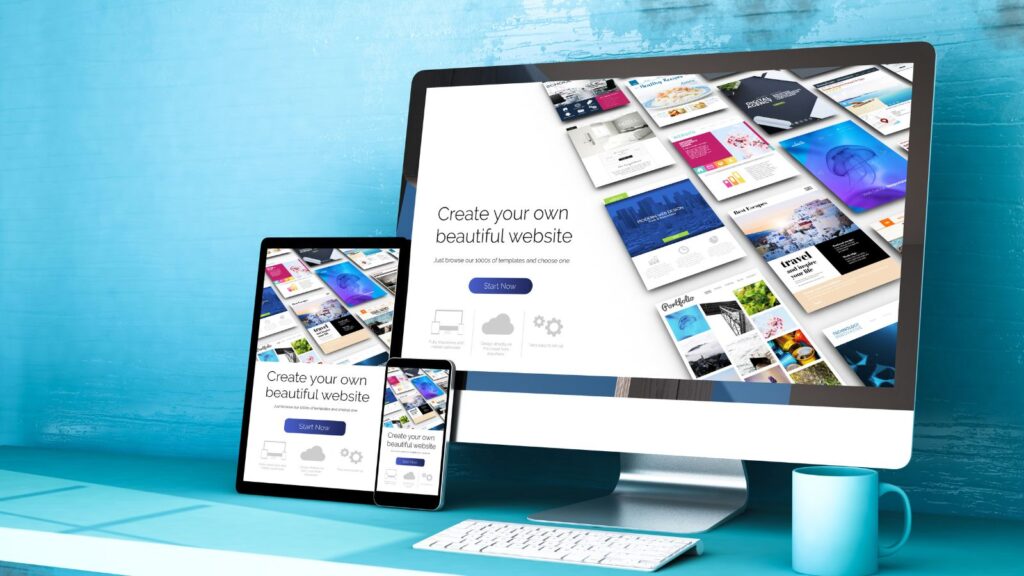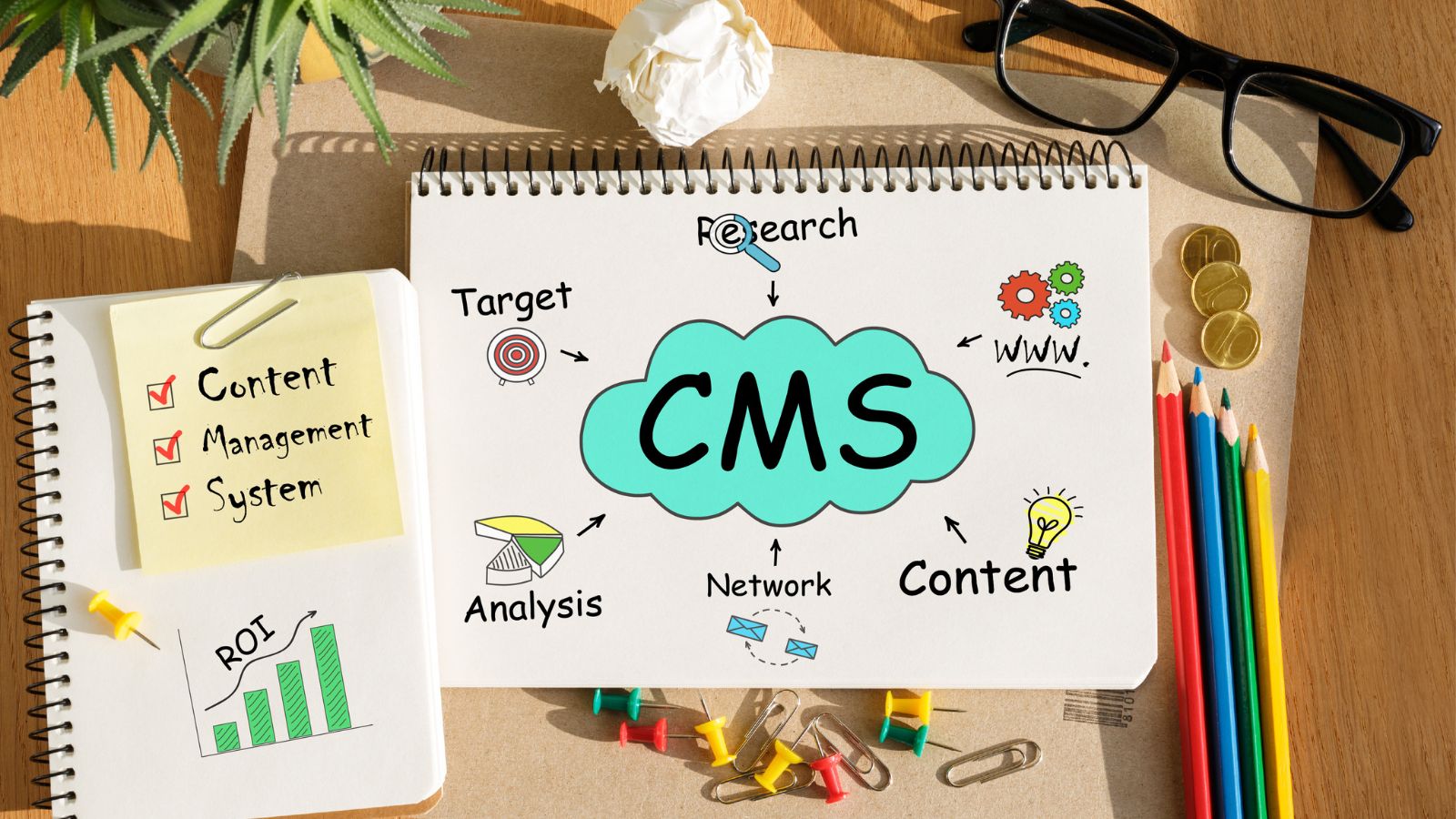With technology growing and changing more rapidly than ever before, it makes sense that sooner or later a growing demand for content by companies would require access to powerful all-in-one tools to facilitate growth. Enter a headless CMS, a revolutionary new technology with the capacity to grow and be customized to anyone’s needs to revolutionize the content process. Thus, this article will detail the leading advantages of a headless CMS for businesses and which headless CMS solutions such as Storyblok lead the charge for this technological takeover.
Flexibility Across Multiple Platforms
Maybe one of the biggest headless CMS benefits for businesses is that it enables truly omnichannel content delivery. Traditional CMS platforms bind content to one front end, ultimately, this limits flexibility and scalability. But a headless CMS fosters a decoupled structure, the back end the environment where content is created and managed functions separately from the front end where publishing happens. With API integration, businesses can publish content to their websites and apps, IoT devices, digital signage, and even as yet undetermined AR and VR platforms in the future.
This decoupled architecture not only enables companies to avoid the linear limitations of old systems, but also provides companies with access to customers at all hours. A worldwide retailer, for example, with a central authority headless CMS can store content in one governed location to prevent logistical nightmares but provide regionally appropriate, tailored, localized messaging to all its diverse audiences in their respective locations. Thus, the headless CMS supports geo-targeted efforts from what products are displayed only showing what’s available in that location to branding uniformity and messaging across every channel, even if the storefronts look different. Such flexibility is equally important in a digital realm that constantly changes. With customer demands come fluid, customized experiences.
Thus, the ability to pivot and change enterprise projects for customer demand on a dime is crucial, and Storyblok makes such campaign adjustments live across sites at once without duplicative, unnecessary work. Storyblok is a component of one of the most popular headless CMS Systems, and its solution is overtly flexible with a user-friendly interface and modular capabilities. A platform that is user-friendly allows for quick scaling opportunities for teams without sacrificing customer engagement and experience. Since enterprises can stay competitive when switching to a headless CMS like Storyblok due to the capability of rendering digital content instantly and in real time across an ever-growing plethora of devices and apps to satisfy end-user needs, a headless CMS is all enterprises require to thrive in the digital marketplace.
Improved Performance and Scalability
Enterprises need access. Whether a website or app is utilized every day by millions across multiple locations or a digital campaign that spans the globe, access makes the difference in performance and experience. Standard CMS solutions are available via monolithic systems. However, on a certain level, these are great systems that may lag when content is required at an increased demand.
These standard solutions may not have the tools to manipulate them at an enterprise level and, thus, generate lagging load times with subpar experiences. However, a headless CMS operates on the minimalist APIs that allow the content to be pushed to the front quicker for load times and operational abilities, regardless of the device. When enterprises can guarantee access for customers to get what they want when and where they want it, engagement is easier, and conversion is more efficient especially in cutthroat industries. Another benefit of a headless CMS is scalability, ideal for larger enterprises with rapid growth or extensive digital footprints. A headless CMS, out-of-the-box, separates where content creation occurs and where publication happens; thus, changing the latter to accommodate higher demand is a simple task.
For example, a retail site that receives heavy traffic over winter holidays can rely upon a headless CMS to ensure product pages display correctly – even during maximum shopping activity. Likewise, a large conglomerate with international efforts and language options can create all its content in one location and publish diverse versions across the globe geo-targeting without duplication. Furthermore, since a headless CMS can seamlessly connect with emerging technologies, companies never have to fear content limitations down the road for digital decisions. They can always integrate new digital touchpoints apps for instantaneous use, IoT, AR/VR applications, etc. without the need to rework the entire content library.
For instance, Storyblok supports this endeavor as it offers a modular content library with endless customizable components to promote user ease, operational consistency, and scaling opportunities when applicable. Ultimately, a headless CMS ensures that companies will provide quicker, more reliable, and flexible digital experiences that engage modern users and foster expansion for a long time to come.
Enhanced Collaboration and Efficiency
A headless CMS promotes effective collaboration between marketing, dev, and content teams through a more defined and productive workflow relative to what each team can do. For instance, with a standard CMS, the entire team has to pause on producing content because marketing needs development access for every minuscule change.
Yet, with a headless CMS, marketing and dev can function without interference but always with access first to anything changed or created content-wise since the front-end layer and back-end layer are separate. With something like Storyblok, marketers receive WYSIWYG visual editors to edit, create, and preview content as it’s being made. It’s all in real time, not in delay. Marketing teams can perfect successful campaigns, tweak product pages, and alter sales in the moment without having to call in dev help. Similarly, devs need not worry about these trivial changes; they’re busy building a hyper-responsive custom frontend with React, Vue, or Next.js.
Without silos, there’s no waiting; work gets done faster, and organizations can remain agile in a quickly digitizing marketplace. For example, when an organization develops a product, the marketing team doesn’t have to subsequently wait to write engaging, niche pieces for its audience until the product is developed; instead, developers can concentrate on the UI’s functionality and aesthetics while marketers simultaneously concentrate on branding. When people can work on a project concurrently for various expertise, it allows for a better launch with a better product in the end.
In addition, since a headless CMS is API-based, integration with any third-party software such as analytics and CRM is a breeze. This integration fosters unprecedented inter-departmental collaboration where marketers have access to one data pool and use it to customize the content sent through another while developers can build customized, scalable products. This type of collaborative ecosystem allows large enterprises to quickly adapt to what the marketplace requires to enhance user experiences and maintain a competitive edge.
Personalization and Customer Engagement
Enterprises can offer personalized experiences that are crucial for today’s consumers through a headless CMS. A headless CMS easily integrates with analytics software and CRM software, allowing an enterprise to offer specific content based on consumer habits or feedback. For example, an e-commerce enterprise might use a headless CMS to present a customer’s products recommended based on previously viewed items, or a media enterprise can recommend articles based on previously read pieces. When consumers see that an enterprise pays attention to what they like, they are more likely to engage further and become loyal customers; thus, Headless CMS benefits for enterprises are effective.
Future-Ready Architecture
Since new technologies are continually developed and released, these are answers that can quickly adapt to future trends and systems. A headless CMS is a way of working that’s future-proof and compatible with whatever comes next. Whether it’s voice-responsive technologies, AI tech-support bots, or AR/VR apps, a headless CMS ensures the content is part of the conversation. For example, Storyblok is API-driven to enable organizations to integrate easily with whatever systems and services come to popularity in the future. This kind of flexibility is vital for organizations to make strides and maintain them.
Security and Reliability
Enterprises appreciate security and uptime. A headless CMS offers better security because many of the hacks happen with standard monolithic CMS solutions. A decoupled effort means that even if there’s an attack on the front end, the back end remains concealed to the rest of the enterprise. The headless CMS is just one more layer of protection against any hacks. In addition, a headless CMS offers enterprises uptime assurances. Much of it is cloud-based architecture and scalable solutions. Thus, when traffic happens from product launches to Black Friday enterprises can rely on their CMS to function without crashing.
Conclusion
Ultimately, the benefits of a headless CMS for businesses are countless – and transformative. Increased scalability and performance, improved teamwork and customization, a headless CMS solution gives businesses all they need to thrive in today’s digital age. For instance, a business such as Storyblok and its one-of-a-kind platform proves just how powerful a headless CMS solution can be for businesses looking to streamline their operations—and deliver incredible digital experiences.




More Stories
Designing for the Elite: The Tech Psychology Behind High-Roller Platforms
Software Development Insights from Slot Game Mechanics
What Is CDMA in Cell Service?